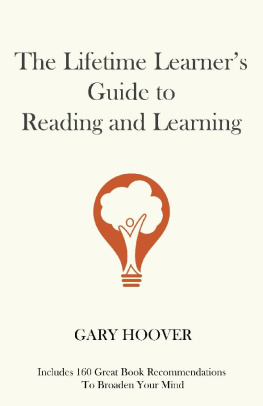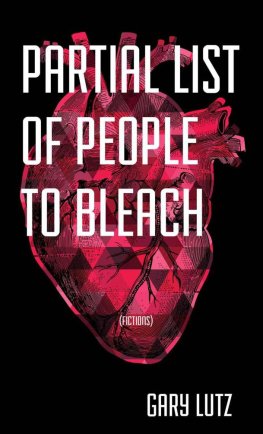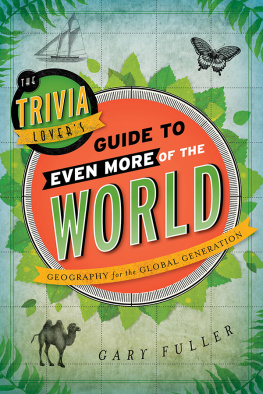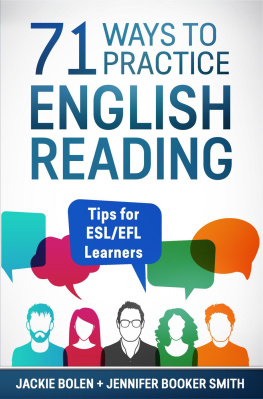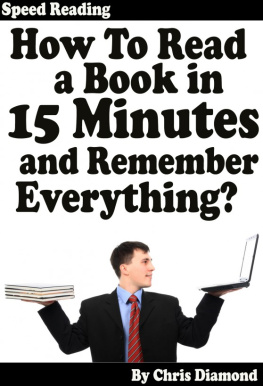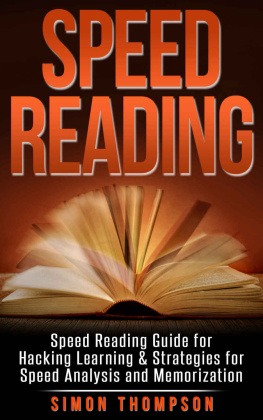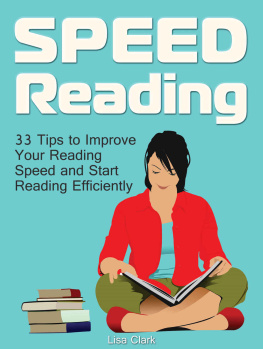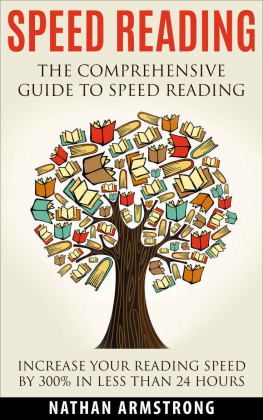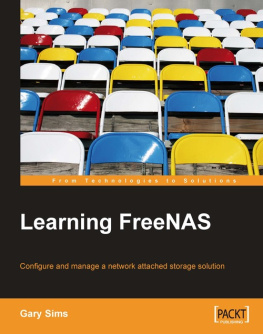There have been many books about Learning to Read. There are also books, magazines, and websites about the best books to read, often focused on literature, fiction, and best-selling nonfiction books. This book is different: it is about Reading with the intent of Learning.
I have spent my adult life as an information junkie, seeking and sometimes finding answers to my endless curiosity. I have come to believe that no attribute is more important to success than curiosity, though it is equaled by perseverance, self-efficacy, and passionate purposefulness.
A broadly educated mind, drawing from all sources, will help you better understand how the world around us works and why things happen the way they do.
In this course of life, I have found few greater sources of knowledge than my 57,000 book personal library. I estimate that about 80% of this knowledge is nowhere to be found on the Internet.
I have also developed methods of using books and bookstores which are more efficient and less time-consuming than the ways I used as a youth and was taught in school. I usually digest a book in under 30 minutes without speed reading, scanning, or skimming the text.
The goal of this book is to open these doorways to you. I sincerely hope you find it useful. The book consists of three parts:
I must add that many of these books would be wonderful, lasting gifts to any person of any age who wants to understand the world around them and how it works.
Please send your ideas, questions, and requests for book advice to me at .
1. How to Digest and Remember a Nonfiction Book in 15-30 Minutes
When I talk to people about books, or give a tour of my way-too-big personal library (about 57,000 books), I am frequently asked, How do you have time to read all these books? When I reply that I spend an average of 15-30 minutes with each of the books, the response is usually, So you are a speed reader? In fact, I am an incredibly slow reader, so slow that they put me in remedial reading classes when I was a kid. In many ways, the crux of my method is about slowing down, not speeding up. So what is my method?
First of all, I should say my method, which I have come to call digesting a book, will not work for everyone, all the time, and it wont work for every book. But it may prove useful to you.
I am first and foremost an information junkie. I love facts and ideas, and I want to discover them and get my head around them as efficiently as I can, so that I can better understand the world around me, how it works, and where it is headed. I do not apply my method to fiction books. I often read each sentence at least twice, stopping to ponder the concept and its implications.
I buy every book with the expectation that it will become a reference book, something I will refer back to. I should also note that perhaps 75% of everything I learn from books is nowhere to be found online (often under copyright or pre-dating the Internet).
My first task is to get my hands (and mind) around the content of the book, and to remember that content.
Many books, particularly business books, should have been a 10 to 20 page article rather than a 200 to 300 page book. They contain one basic idea and then give example after example. Rarely do I need to read all of them. Sometimes the author will write book after book, often taking what was fundamentally a sound nugget of an idea and turning it into a career.
Note that many of the steps listed below can be performed on Amazons Look Inside feature, if the publisher or author has done a good job of creating it and selecting the pages. (Look Inside does not usually work with Kindle books because they dont include the index.) This also works well in a bookstore. I always look inside before buying a book, focusing on the table of contents and index to see what the book contains.
Getting Your Head Around a Book: First Steps
My first step when I open a book is to gather key data about the book. I read the cover flaps if it is a hardcover book. The front flap often contains a summary of the book, although you have to be careful: its not unusual for this summary (or blurb) to be written by someone on the publishers publicity staff who did not really understand the book and was trying to find something spicy or controversial to help sell the book to bookstore browsers. Similar information is usually found in the book descriptions at online bookselling sites.
The back flap (or the back cover on a paperback) often contains a short biography of the author. Stop and think about what you read, about the author and where they live and what they have done, what their bias is likely to be. Are they on a campaign to sell you their political or other point of view? How might that impact their take?
If the book has a thesis, a point of view, or is strongly opinionated as opposed to a neutral book like a good textbook or reference book I usually scan all the data on the book first. Flip through the pages looking at any charts, graphs, tables, or summary diagrams. Draw your own conclusions from what you see, before you read the authors ideas and arguments. Youd be surprised at how often an authors own ideas are not actually supported by the data they present!
I read the front cover and the back cover, which contain more puffery and summarization. I read the testimonials by others. Publishers seem to think the bigger the celebrity the better. I am very careful about what I believe. If I see a Nobel Prize winning economist praising another economists book, or Richard Branson saying this is a great book on entrepreneurship, I take that a bit more seriously. So I look at the names before I read what they have to say. But I always know that NO ONE can prejudge a book for me. Not even my friends!
It will surprise some people that I look at the name of the publisher. Knowing a publisher comes in handy in reference books, in series books, and in specialized subjects. If Oxford University Press publishes a book called a Handbook of on almost any subject you know it is very likely a good one. Lonely Planet, Eyewitness, and Rough Guide travel guides may vary a bit in quality from country to country, but they will never be bad and will often be exceptional. If you want great car books, start with Motorbooks. If you want great books on collectibles, you can count on Schiffer Publishing. For the oil and gas industry see PennWell Books. If you want to understand railroads, check out the catalogs (usually available online) of Indiana University Press, Johns Hopkins University Press, and a couple of dozen specialty publishers. For great local history, seek out books by Arcadia Publishing and The History Press. For serious thinking about science, try the MIT Press; for architecture or field guides to nature, Princeton University Press. For data about the United States, try the Bernan Press. For the best tech books, Springer and OReilly. For serious books on humanities, social sciences, and many other subjects, the University of Chicago Press and Routledge. And many others just google! And then search and browse their online catalogs.

